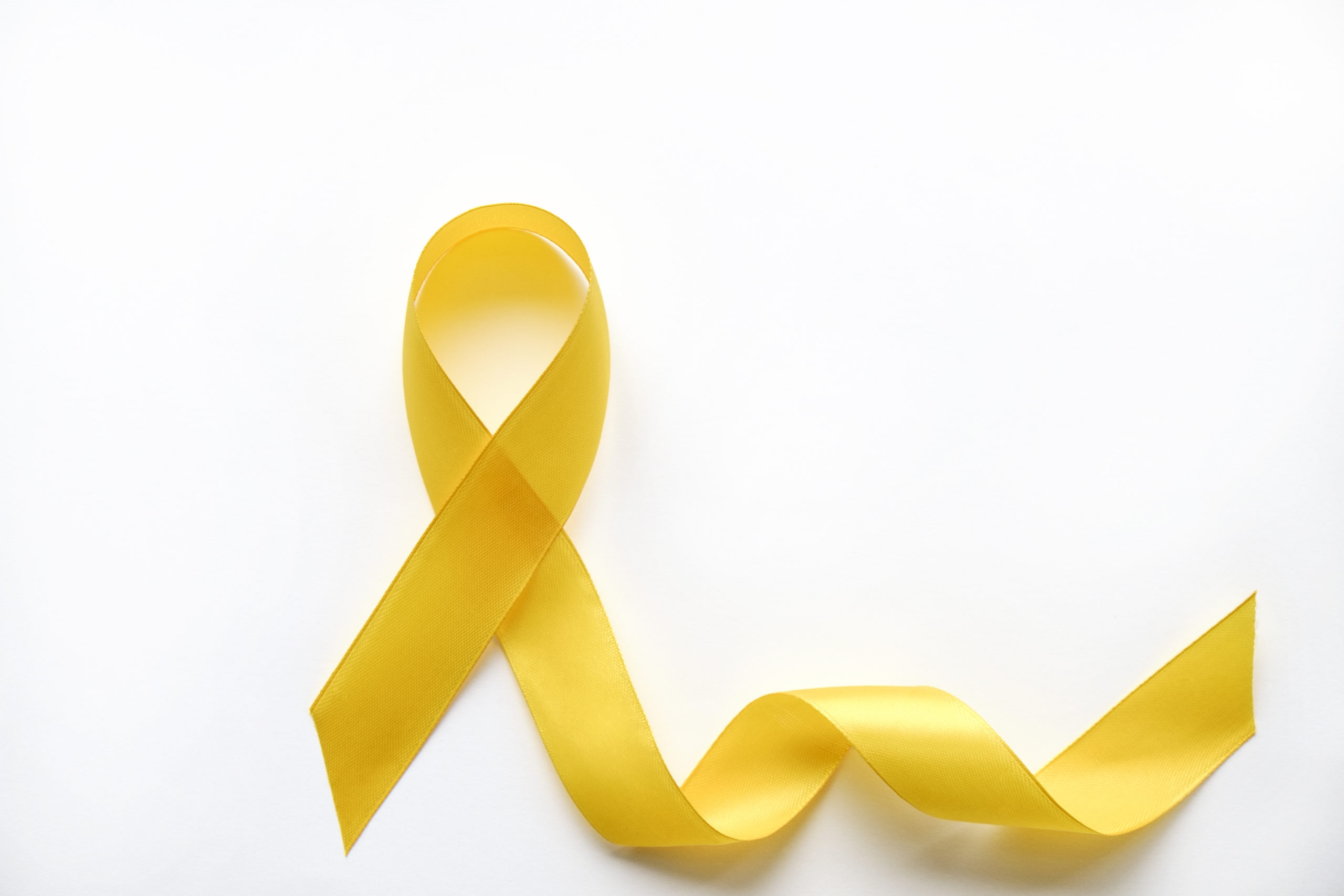Transforming Youth Suicide Prevention In Michigan

Transforming Youth Suicide Prevention in Michigan-3 will impact rates of youth/young adult suicide by establishing suicide prevention as a core priority in Michigan’s Child Welfare (CW) system and a growing network of Emergency Departments (EDs). The project will increase numbers of gatekeepers and clinical service providers trained in evidence-based prevention strategies and support communities in strengthening local efforts. It capitalizes on a strong track record of public health and academic expertise and unique statewide partnerships.
Abstract
Transforming Youth Suicide Prevention in Michigan-3 will impact rates of youth/young adult suicide by establishing suicide prevention as a core priority in Michigan’s Child Welfare (CW) system and a growing network of Emergency Departments (EDs). TYSP-Mi3 will increase numbers of gatekeepers and clinical service providers trained in evidence-based prevention strategies and support communities in strengthening local efforts. TYSP-Mi3 capitalizes on a strong track record of public health and academic expertise and unique statewide partnerships.
Building on the base established with cohort 9 GLS State/Tribal Youth Suicide Prevention funding, the program goals are:
Goal 1: Build a statewide network of EDs that consider suicide prevention a core priority and consequently implement evidence-based assessment, intervention, continuity of care, and follow-up strategies for youth at risk for suicide and their families.
Goal 2: Partner with Michigan’s CW agency to advance and sustain suicide prevention training, screening, and referral practices, with a focus on the state’s foster care system.
Goal 3: Strategically embed a cadre of trained gatekeepers and clinical service providers within Michigan’s youth serving workforce who consistently use evidence-based practices.
Goal 4: Support local communities to implement suicide prevention best practices tailored to community needs via technical assistance, training, and educational and funding opportunities.
Goal 5: Enhance the availability of resources and training for postvention services in the state.
Populations of focus include 1) youth ages 10-24 seeking emergency services and 2) CW-involved youth. The University of Michigan’s Psychiatric Emergency Service (PES) will serve as a Technical Assistance Center to support dissemination and implementation of suicide assessment, brief intervention , and continuity of care strategies to at least eight general medical EDs across the state. The program’s current CW collaboration will continue, focusing on 1) training, policy, protocol, and referral network development to support the CW workforce as suicide prevention gatekeepers, as well as 2) expanding screening of youth entering foster care, with a goal of moving screening statewide. Via school, CMH, and community partnerships, youth serving professionals will participate in safeTALK, ASIST, and AMSR to strengthen the network of persons able and willing to help a youth/young adult in crisis. A new Postvention Work Group will be established to improve care for loss survivors. Government and non-governmental work groups will continue to advise the program and each other to enhance communication and strategic planning to ensure a “Suicide-Safe Michigan.”